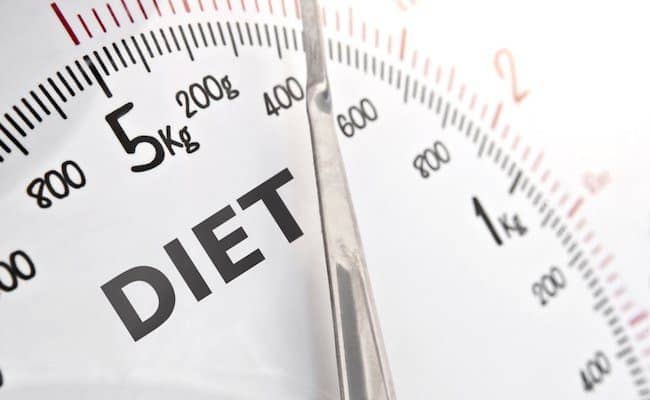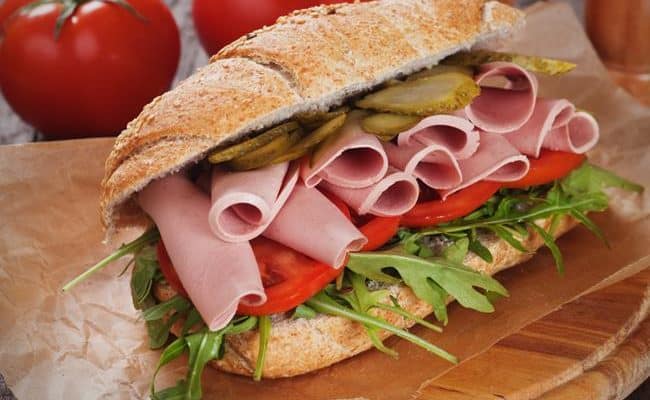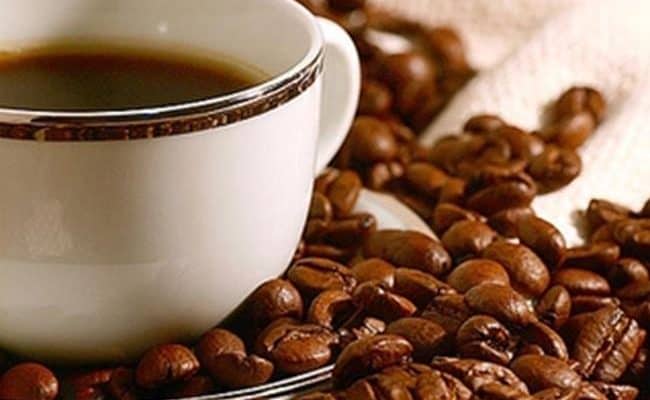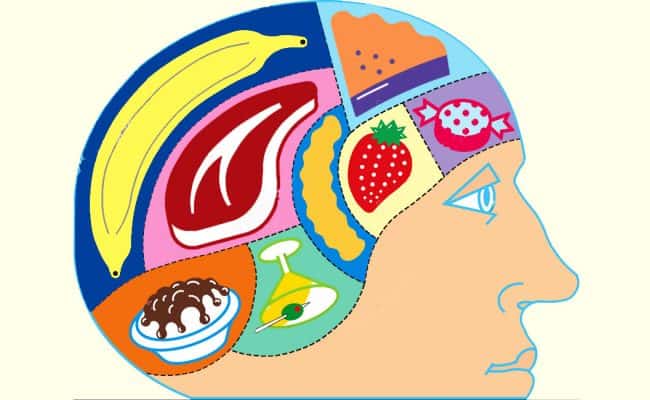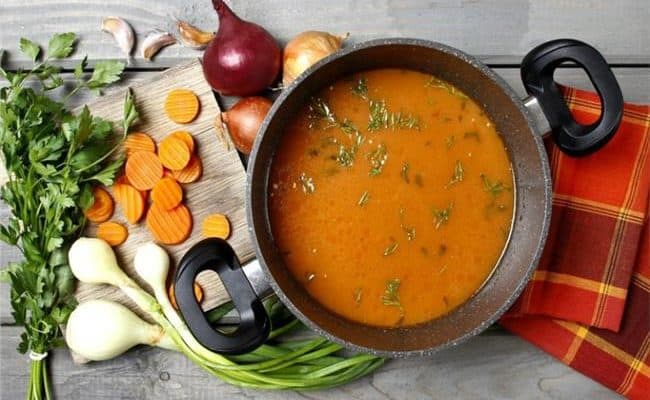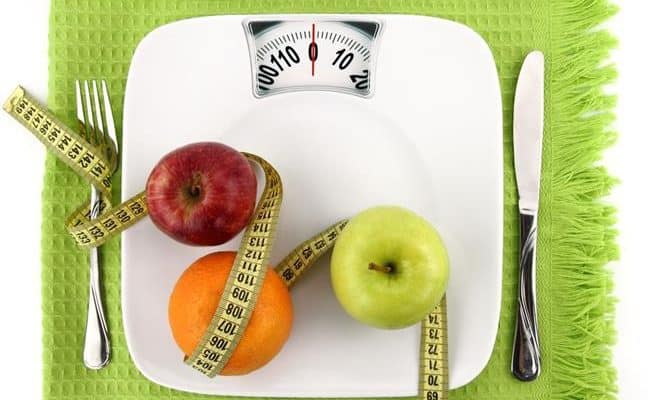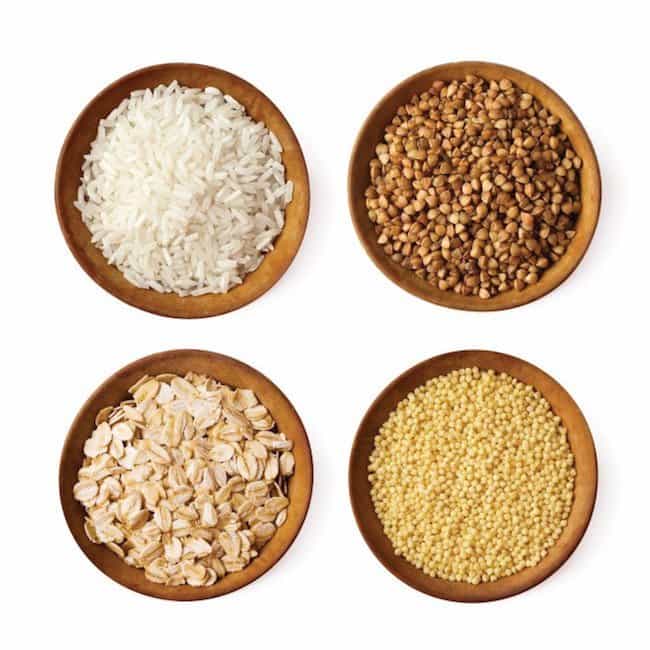
What is Gluten?
Gluten is a protein that is found in foods made from wheat and other grains including barley and rye. It is used in a variety of food products, as well as some cosmetics. In the process of bread making, gluten plays an important role, forming a network that traps carbon dioxide bubbles during fermentation and causing it to rise. On baking, gluten, as well as starch stabilizes the shape of the bread. Gluten is often used as a stabilizing agent in a huge variety of foods from ice cream to soy sauce.
Gluten provides amino acids to our bodies, which are used to build muscle, skin and nails, and is easily processed by the body in the majority of cases.
Who needs to eat gluten free?
Although gluten free eating has become quite fashionable of late, there is really no need for the majority of the population to be excluding gluten containing foods from their diets. There is no evidence to suggest that a gluten free diet is in any way healthier, or will help with weight loss.
Foods that do not contain gluten are not necessarily more nutritious than those that do. Eliminating gluten from the diet can, in fact, lead to nutrient deficiencies, as gluten free foods are not often fortified with vitamins and minerals such as calcium, iron and B vitamins as gluten containing foods are.
Constipation is common when following a gluten free diet, as these alternatives tend to be lower in fibre than gluten containing alternatives. Gluten- free foods may also contain more fat and sugar in order to improve the texture and taste.
The only people for whom a gluten free diet is essential are those suffering from Celiac Disease, or a true allergy to gluten or wheat. In the case of Celiac Disease, a strict gluten-free diet is essential and the only treatment for what can be debilitating symptoms.
It is essential to remember that intolerance to gluten or Celiac disease can only be properly diagnosed by a series of tests performed by a medical professional. It is not recommended to start an elimination diet if you suspect you have intolerance.
Eliminating gluten from the diet requires careful planning, as suitable gluten free alternatives must be found to prevent nutrient deficiencies or even malnutrition. Starting a gluten free diet before testing can also prevent an accurate diagnosis.
What is Celiac Disease?
Celiac disease is a condition characterised by an immune reaction to gluten that causes damage to the villi of the small intestine, which are the areas where nutrient absorption occurs. This damage means that important nutrients are no absorbed from food into the blood stream. The condition can develop at any stage in life, and is often more common in people who suffer from another type of autoimmune disorder such as Type 1 Diabetes.
Symptoms of the condition vary greatly from person to person, with some diagnosed celiac never experiencing any symptoms. However, in the majority of cases symptoms include abdominal pain and bloating, constipation and diarrhoea, lactose intolerance, unexplained weight loss, nausea and vomiting, and fat in stools.
If celiac disease is left untreated, sufferers may also start to experience symptoms of malnutrition, due to lack of nutrient absorption. These may include easy bruising, fatigue, missed menstrual periods and tingling or numbness in hands or feet.
There is no cure for celiac disease and the only treatment is to follow strict gluten free diet at all times.
What foods contain gluten?
Following a true gluten free diet may not be as easy as it sounds, as it can be surprising how many unexpected foods contain gluten. To follow a gluten free diet effectively it is essential to learn how to identify gluten on food labels, and which foods to avoid. Unfortunately, many foods that do not obviously contain gluten are exposed to it during processing and therefore cannot be classed as truly gluten free unless this is stated on the packet.
Foods which should always be avoided on gluten free diet:
- Wheat products (including bulgur, durum, farina, graham flour, kamut, semolina and spelt)
- Barley (may also appear as malt, malt flavouring or malt vinegar)
- Rye
- Triticale
Unless labelled as gluten free or made with a gluten free grain, the following should also be avoided:
- Cakes, pastry, cookies and crackers.
- Cereals and muesli (including oats which are often contaminated during processing)
- Breads
- Candy
- Sauces (including soy)and dressings(unless the ingredient list has no gluten containing ingredients)
- Imitation or processed meats and seafood
- Gravy mixes
- Pasta
- Flavoured rice
- Readymade soups and dried soup mixes
- Snack foods such as chips
- Vegetables in sauces
Gluten by another name
When reading food ingredient lists, avoid products that contain the following:
- Hydrolysed vegetable protein
- Vegetable protein
- Malt
- Modified starch
- Vegetable gum (except carob, locust, cellulose, guar, Arabic, aracia, xanthin gum or vegetable starch)
- Distilled white vinegar
- Soy sauce solids
- Stabilizer
- Flavouring
- Emulsifier
- plant protein
This is by no means a complete list of foods that need to be avoided on a gluten free diet. It is essential to check the labels of all food products as you never know when it may be used as a stabilizer in even the most unlikely products
What can be eaten on a gluten free diet?
Although it is a restrictive diet, there are many foods that can be eaten without concern.
- Eggs
- Fresh meats, fish and poultry (avoid batter, breadcrumbs or marinates and be careful of dishes such as stews which may have been thickened)
- Fresh fruits and vegetables
- Unprocessed beans, nuts and seeds.
- Most dairy products (but check labels to be sure)
Suitable gluten free grains
- Ground rice or rice flour
- Corn flour
- Maize flour
- Potato flour
- Soya Flour
- Arrowroot
- Rice
- Sago
- Tapioca
- Maize
- Buckwheat
- Millet
Products made with these grains , rather than wheat are good alternatives on a gluten free diet. They can also be used as a substitute for wheat and other flours in baking and cooking.
If in doubt the Celiac Disease Foundation provides a more complete list of foods appropriate for a gluten free diet, including specific brands. If you are unsure about a certain product, do not hesitate to call the consumer hotline and ask if it is gluten free.
Fortunately, gluten free products are becoming more and more common on supermarket shelves and the range and taste is also improving. Although usually more expensive than their gluten containing counterparts, this makes choosing an appropriate product easier.
Contamination during cooking
When preparing gluten free food, it is essential that there is no cross-contamination with gluten containing products. Separate toasters, chopping boards and knives should be used for gluten free foods and it should not be prepared next to gluten containing foods.
Eating out and Special Occasions
If you are attending an event where you are unsure of the menu or food that will be provided, take along a dish you know you can eat. It is also important to plan ahead and make your host aware of your condition so that they can advise you on whether the food will be suitable.
Celebrations such as Christmas can still be enjoyed by celiac, with a little extra planning, many traditional dishes can be made gluten free, and there are a huge amount of recipe books catering to this market.
Dining in restaurants can be difficult for those avoiding gluten. Although more restaurants and chefs are becoming aware of celiac disease and what this means to food preparation, many do not readily provide information to diners as to the exact composition of dishes and some do not fully understand the extent to which gluten must be avoided.
If you are planning a trip to a restaurant, try to choose one that caters to celiacs. If this is not possible, be assertive when you get to the restaurant. Advise your waiter that you cannot eat gluten containing products and make sure to stress the severity of the condition.
If possible, speak to the chef about the preparation of the dish to ascertain that there is not any hidden gluten involved in your dish of choice. Also make the chef aware of the risk of cross contamination. If unsure, ask for a plain dish such as grilled plain fish and meat to be prepared for you.
Although it may be awkward and make dining out less pleasurable, it is important to stand your ground and be clear about what you are eating. It is becoming more common for chefs to know about celiac disease and for menus to feature dishes that are marked as gluten free, so find a good one that understands our condition to make eating out easier.
A healthy, Gluten free diet
A gluten free diet is a challenging one to follow and there is no need to follow such a diet unless indicated medically. People following a strict gluten free diet should see a dietician regularly to ensure that they are meeting requirements for nutrients commonly found in gluten containing foods, such as B vitamins.
It is important to replace gluten containing foods with a suitable alterative, rather than eliminate the food from your diet completely. Gluten free eating is difficult but essential for the long term health of celiac sufferers.
References used in this article
